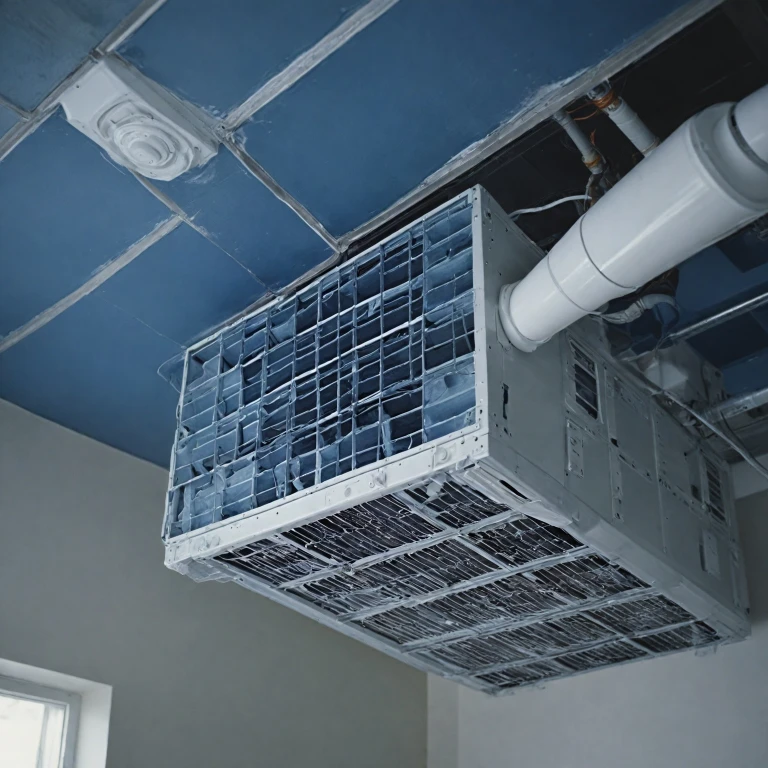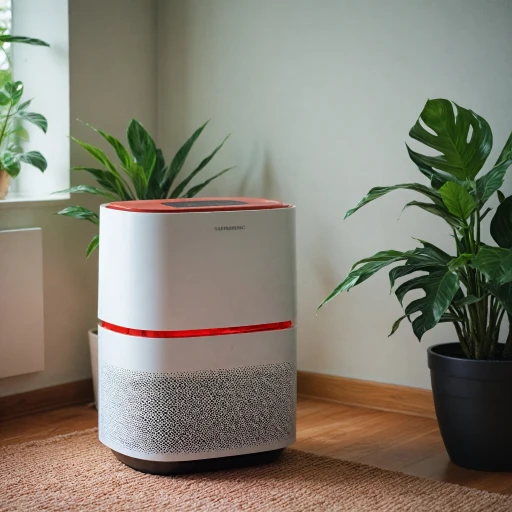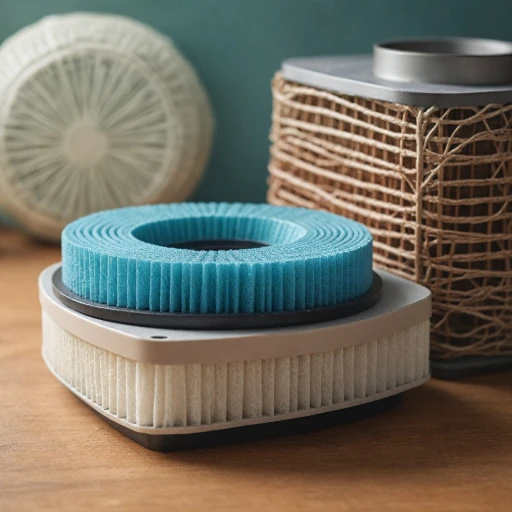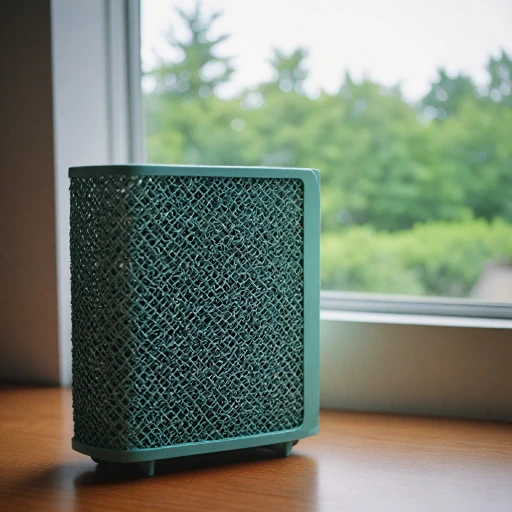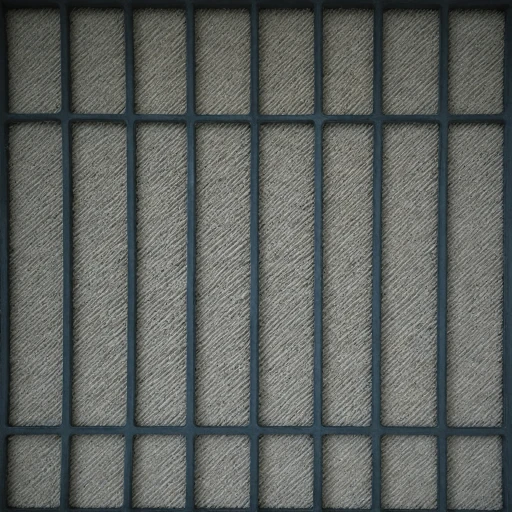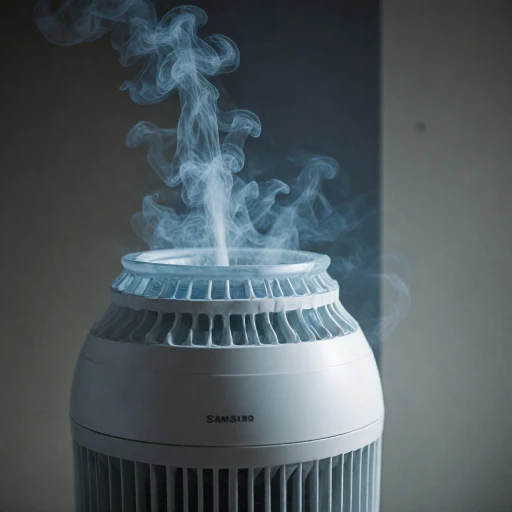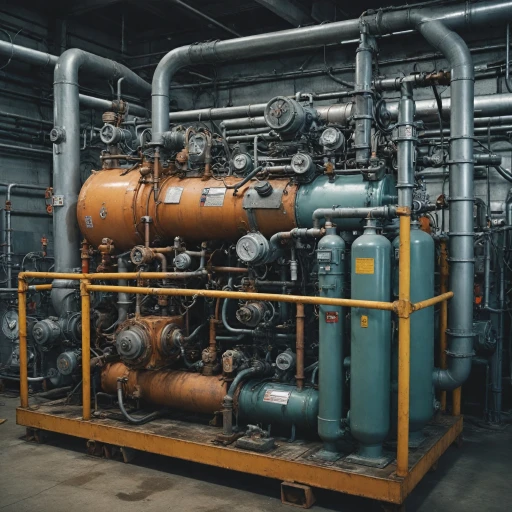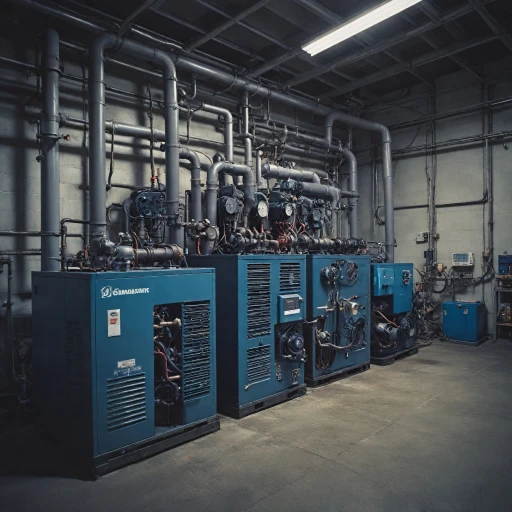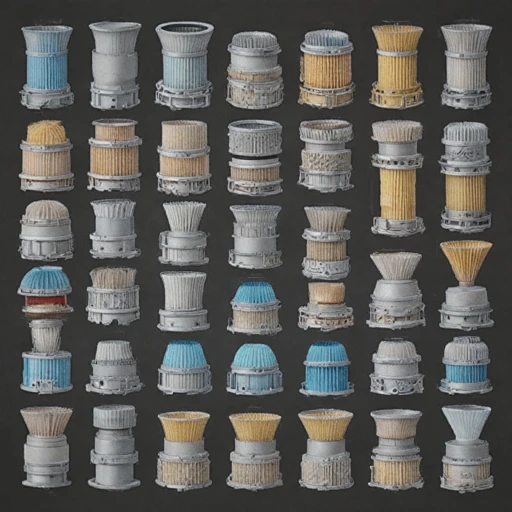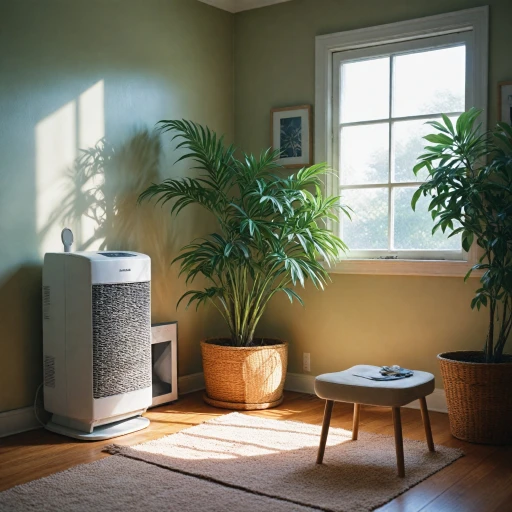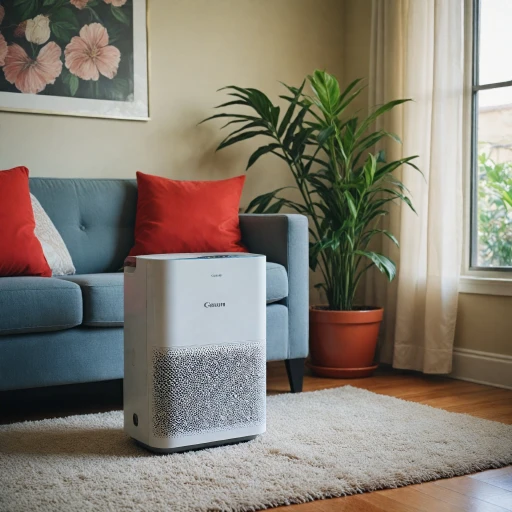
What Are Electrostatic Filters?
Introduction to Electrostatic Filters in HVAC Systems
In today's quest for better air quality, electrostatic filters have emerged as game-changers in HVAC systems. Unlike traditional air filters, these filters use static electricity to capture unwanted particles, playing a crucial role in enhancing indoor air quality. They're particularly effective in HVAC systems, offering an innovative approach to keeping air clean and fresh. Electrostatic air filters are permanent and washable, positioning them as both an eco-friendly and cost-effective option. These filters are constructed to create an electrostatic charge, which attracts dust, pollen, and other particles as air flows through your HVAC system’s ductwork. Essentially, these filters operate by using charged media to trap contaminants, making them different from other conventional filter types. Intrigued by the ability to maintain cleaner air with minimal fuss, many users view electrostatic filters as a viable long-term choice. The cleaning process is relatively simple, ensuring that you can maintain peak performance throughout its lifetime without recurring costs. Keep in mind, however, that it's essential to follow proper maintenance routines to ensure your filter remains efficient and effective. For HVAC system owners aiming to optimize air care and filter efficiency, understanding how these filters function can make a significant difference. They don’t just capture dust and pollen; electrostatic filters serve as an electronic air cleaner, capturing a wide range of airborne particles. This proficiency directly contributes to enhanced air quality, which is critical, whether in a residential or commercial setup. When you think of balancing performance, price, and durability, electrostatic filters stand out as a practical choice in the world of air filtration systems. To explore more about different air care solutions, you can look into topics like understanding the red light on your Winix air purifier to complement your knowledge about maintaining optimal air environments.Benefits of Using Electrostatic Filters
Exploring the Advantages of Electrostatic Technology
Electrostatic filters stand out in the realm of HVAC systems due to their unique mechanism for capturing particles. By charging particles as they pass through, these filters attract and trap dust, pollen, and other airborne contaminants, providing a cleaner and healthier indoor air environment. But what exactly are the benefits that set electrostatic filters apart?- Reusability: Arguably one of the most appealing advantages is that many electrostatic air filters are washable and reusable. This not only contributes to a reduced environmental footprint but also translates to cost savings over time, as replacement frequency is minimized.
- Effective Particle Removal: By leveraging electrostatic principles, these filters efficiently capture a wide range of particles. Electronic air cleaners utilizing this technology can improve indoor air quality by removing dust, mold spores, and even tiny particulates that pleated filters might miss.
- Long-Term Performance: With proper maintenance and regular cleaning, permanent electrostatic air filters can offer reliable performance throughout their lifetime, maintaining their efficiency in air care without the need for frequent duct system replacements.
- Versatility: Suitable for a variety of HVAC system configurations, these filters can be installed as furnace filters or in standalone air cleaners, ensuring cleaner air flow across different settings and systems.
Comparing Electrostatic Filters to Other Filter Types
How Electrostatic Filters Compare to Other Filter Types
Electrostatic filters hold a unique spot in the realm of HVAC systems and home air care solutions. These filters operate by using electrostatic charge, which naturally attracts and holds dust, pollen, and other airborne particles. In this section, we'll explore how these filters measure up against other popular types.
Firstly, consider pleated filters. These are well-known for their higher dust-holding capacity due to their increased surface area. Despite their efficiency, pleated filters are not reusable like their electrostatic counterparts. This makes electrostatic furnace filters an attractive option for those seeking a more permanent solution with less frequent replacements.
Next in line are electronic air cleaners, which operate on similar principles to electrostatic filters. These devices also leverage the power of electrostatic attraction to capture particles. However, while electronic air cleaners can be extremely effective, their price point might be a deterring factor for some consumers looking for cost-effective solutions.
Media filters are another commonly used type in HVAC systems. These filters are typically thicker and, in many cases, more effective in capturing smaller particles than standard electrostatic options. However, they often require a more robust system to accommodate their size.
Lastly, we have the washable filters. These offer the convenience of reusability, much like electrostatic filters. The major distinction is, however, that washable filters depend on regular physical cleaning without the electrostatic charge mechanism, which can sometimes result in less effective particle capture.
In summary, the choice between these types often boils down to personal preference, cost, and specific air quality needs. For those seeking a balance between long-term cost efficiency, environmental sustainability, and air quality improvement, electrostatic filters may indeed serve as an optimal choice.
Maintenance and Care for Electrostatic Filters
Keeping Your Electrostatic Filter in Top Condition
When it comes to maintaining the overall efficiency of your HVAC system, regular maintenance of electrostatic filters is crucial. These filters, renowned for their washable and reusable nature, require specific care routines to maximize their lifetime and improve indoor air quality. One of the key advantages is that electrostatic air filters are designed to be permanent washable filters. This means you will not need to replace them as frequently as disposable media or pleated filters. Regular cleaning is, however, essential to ensure that these filters effectively capture particles such as dust, pollen, and other airborne contaminants. Cleaning Process:- Turn off the system: Before you begin cleaning, make sure the HVAC system, including the furnace, is turned off.
- Remove the filter: Take out the filter carefully from the duct or furnace slot.
- Rinse with water: Use a hose or a faucet to thoroughly rinse the filter, ensuring that all debris is washed away. Avoid high-pressure jets as they may damage the electronic grid.
- Dry completely: Allow the filter to air dry completely before reinserting it into the system to prevent mold growth and maintain air quality.
Potential Challenges and Considerations
Challenges to Consider with Electrostatic Filters
While electrostatic filters are an attractive option for many HVAC systems, it's important to be aware of some potential challenges that may arise. By thoroughly understanding these challenges, users can ensure optimal performance and prolong the lifetime of their filters.- Cleaning and Maintenance: One of the aspects to keep in mind is that while electrostatic filters are often marketed as permanent and washable, they require regular cleaning to maintain their efficiency. Neglecting this aspect can lead to diminished air quality as accumulated dust and particles might impede the filter's functionality. A buildup may also affect the airflow in the duct, which can, in turn, cause the HVAC system to work harder.
- Initial Cost: The upfront cost of electrostatic air filters can be higher compared to traditional pleated filters or other media air filters. However, considering they are a reusable and potentially permanent solution, this price can be offset over time due to fewer replacements.
- Effectiveness in Capturing Smaller Particles: Electrostatic filters are effective at trapping larger particles in the air, such as dust and allergens. However, compared to Higher Efficiency Particulate Air (HEPA) filters, their effectiveness at capturing smaller particles may be limited. Thus, evaluating the specific air quality needs of your environment is crucial.
- Performance Across Different Systems: Efficiency could vary based on the HVAC system characteristics. Some systems are better suited for traditional media filters or require specific MERV ratings. It's essential to check with your system manufacturer to ensure compatibility and to secure optimal air care.
- Electronic Components: Some electrostatic filters include electronic components that can malfunction over time, necessitating repairs or part replacements. Regular inspection by a competent air cleaner service professional may help in timely identifying such issues.
Choosing the Right Electrostatic Filter for Your HVAC System
Factors to Consider When Choosing an Electrostatic Filter
Selecting the appropriate electrostatic filter for your HVAC system can significantly impact the air quality in your home or office. Here are several factors you should take into consideration:- Compatibility with Your HVAC System: Ensure the electrostatic filter is compatible with your existing HVAC system, duct size, and configuration. Check the specifications to confirm it fits properly and functions efficiently within your system.
- Efficiency and MERV Rating: The Minimum Efficiency Reporting Value (MERV) rating provides a view into the filter's ability to capture particles. Higher MERV ratings mean better filtration, but ensure your HVAC system can handle the airflow reduction that may occur with higher-rated filters.
- Washability and Maintenance: Choosing a permanent washable electrostatic air filter can save you the cost of recurring replacements. Assess how easy the filter is to clean and integrate routine cleaning to maintain its efficiency.
- Price and Lifetime Cost: While a washable electrostatic furnace filter may have a higher upfront cost, its lifetime value might be more economical compared to disposable options. Weigh the initial price against the long-term savings to determine the best investment.
- Indoor Air Quality Needs: Reflect on the specific air quality needs of your indoor environment. For instance, homes with pets or high dust levels may require filters with higher efficiency. Consider what suits the requirements of your space effectively.
- Brand Reputation and Product Reviews: Reviewing feedback and ratings from other users can provide insights into the filter's reliability and performance. Opt for brands with positive reputations and products backed by strong customer reviews.
